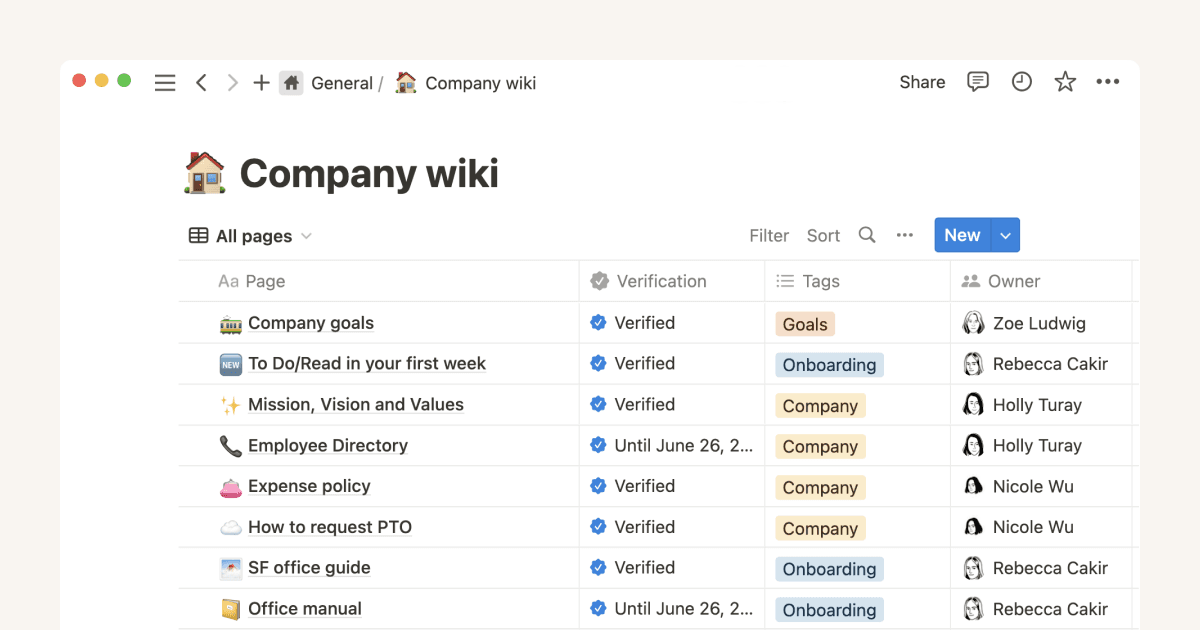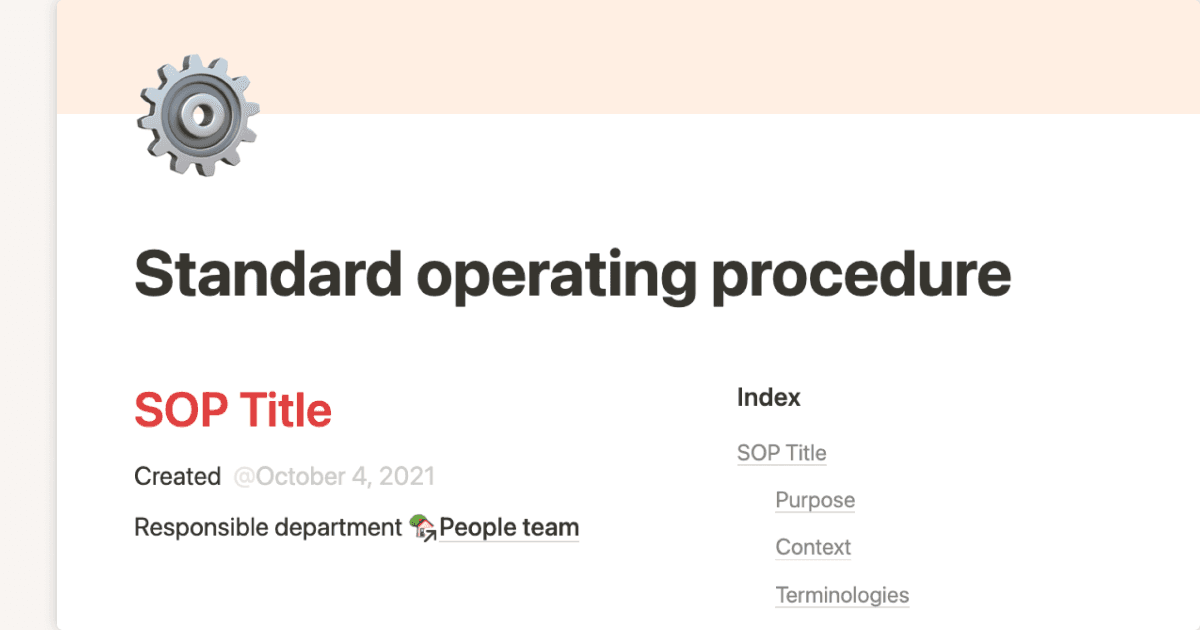Editor SOPs

About this template
This template contains ten standard operating procedures (SOPs) for various editorial tasks. SOP 1 outlines the process for reviewing and editing written content, emphasizing accuracy, consistency, and adherence to editorial guidelines. SOP 2 details the steps for establishing editorial guidelines to ensure quality and alignment with organizational objectives. SOP 3 focuses on managing feedback and revisions, promoting a structured approach to incorporating stakeholder input. SOP 4 describes proofreading processes to eliminate errors and ensure a polished final product. SOP 5 emphasizes maintaining a consistent tone and style that reflects the brand identity.
SOP 6 provides guidance on collaborating with writers, promoting clear communication and constructive feedback. SOP 7 outlines the development of content calendars and strategies to align with organizational goals and audience needs. SOP 8 focuses on managing deadlines and workflow efficiency to ensure timely and high-quality content delivery. SOP 9 details the process for conducting content quality audits to evaluate and enhance published material. Finally, SOP 10 describes how to measure content performance using analytics tools to inform future content strategies and improvements.
Each SOP includes a purpose, scope, and a series of steps to guide the user through the specific editorial task. The SOPs reference each other, creating an interconnected framework for content creation and management. For example, SOP 1 (Reviewing and Editing Written Content) references SOP 2 (Establishing Editorial Guidelines), SOP 3 (Managing Feedback and Revisions), SOP 4 (Proofreading Processes), and SOP 5 (Maintaining Consistent Tone and Style). This cross-referencing ensures that all editorial processes are aligned and consistent.
The document emphasizes the importance of maintaining a high standard of quality and consistency across all written content. It provides detailed instructions on various aspects of the editorial process, from initial review and editing to final proofreading and performance measurement. The template also stresses the significance of collaboration with writers and other stakeholders, as well as the need for continuous improvement and adaptation to evolving trends and audience needs.
In conclusion, this document serves as a comprehensive guide for managing editorial workflows and ensuring content excellence. It provides a structured approach to various editorial tasks, promotes collaboration, and emphasizes data-driven decision-making. By implementing these SOPs, organizations can enhance the quality, consistency, and effectiveness of their published content.









